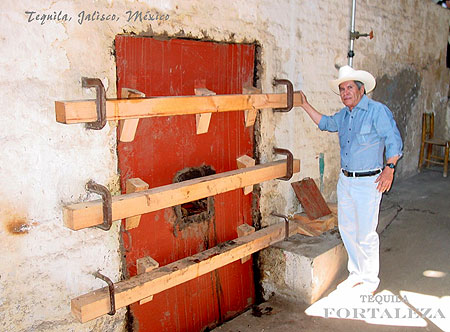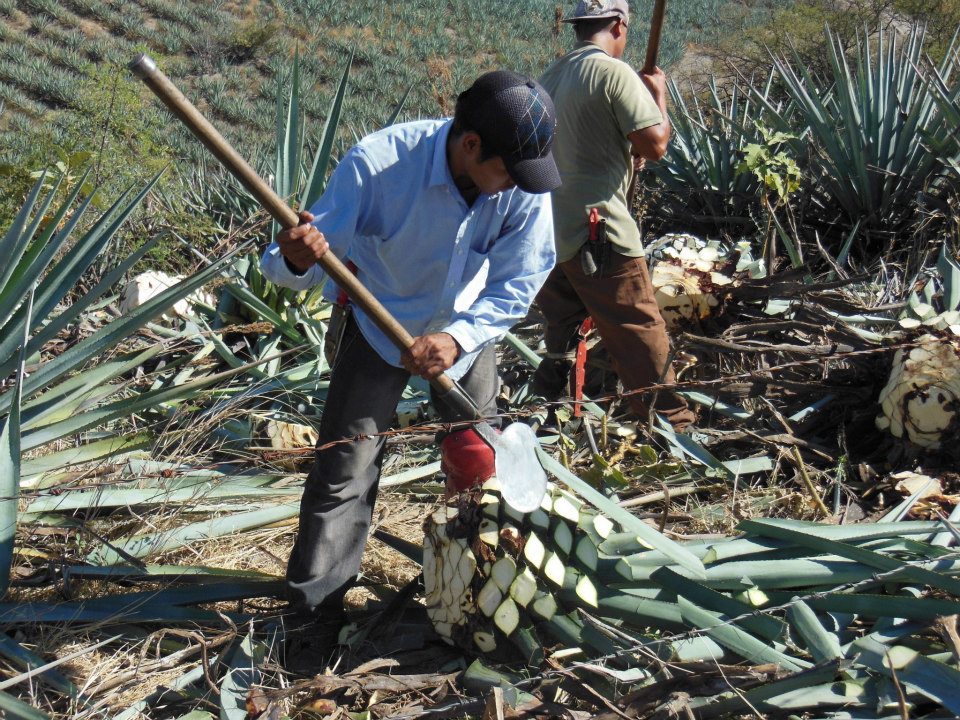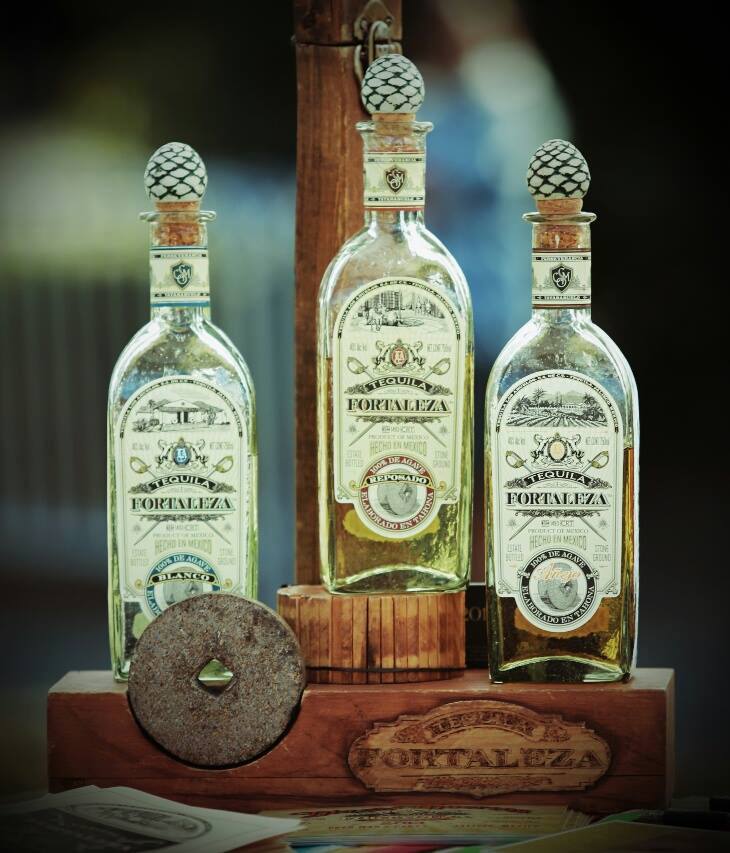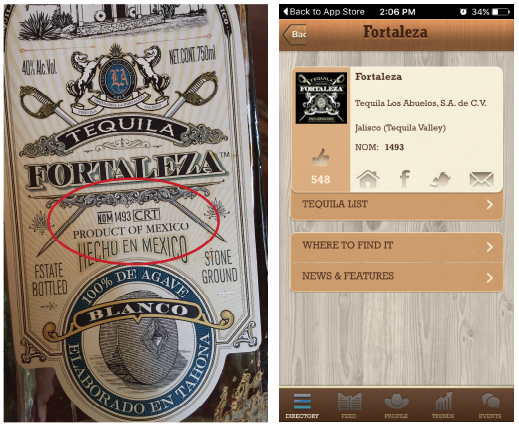What do you call it when you’ve got a meeting at a French restaurant with an Italian gentleman who is the brand ambassador for a famous Mexican spirit?
I call it the Houston incident, my personal reference to one of the many delightfully diverse combinations that the Houston hospitality world conjures up on a regular basis.
Tequila Fortaleza’s traveling brand frontman Stefano Francavilla, the aforementioned Italian, is originally from Milan, but resides in Jalisco, Mexico, by way of Peru. Over several cups of coffee, he sketched out Fortaleza’s backstory for us:
Tequila Fortaleza is owned by Guillermo Sauza, the great-great-grandson of Don Cenobio Sauza – a famous name in the tequila world. The family has been making tequila since 1873. However, although their name is on current Sauza bottles, the family sold that brand many years ago and are no longer involved in its production.
Small-batch Tequila Fortaleza – 2000 to 3000 liters a week – is made in Tequila, Jalisco (Mexico) using the tohona method. The family’s new/current brand was established in 2005 by Guillermo, who also revived one of his family’s small, brick-oven distilleries that had been previously turned into a museum in 1968.

Photo courtesy of Fortaleza
(What exactly does the “tahona method” entail? Click here to read the details behind the small brick-oven method. WARNING: Turn sound off before clicking, as it’s loud and musical.)
When visiting the Houston market a few weeks ago, Francavilla described the arduous traditional process used for Fortaleza tequila that has been passed down by five generations of tequileros. We soaked up his anecdotes and shared experiences – and we got a little nosy.

Photo courtesy of Fortaleza
How did you become involved with Fortaleza?
I have been involved in the tequila world for over a decade. I have been friends with Guillermo for many years, and I’ve been with the brand for over a year. I definitely cannot work for a big company, and I feel like Fortaleza the perfect home for me. It happened by chance.

Photo courtesy of Fortaleza
What are some changes you’ve seen on the bartender and consumer side of agave spirits consumption?
Now is a period when mezcals [including tequilas] have begun trending. Unfortunately some people believe that just because they read the word mezcal on the label, it is made with the traditional methods. This is not always true. Many are artisanal, and there are some good and some bad mezcals. We are hoping to share our methods and knowledge about tequila and educate the public. There are some methods that should be avoided, but let’s not get into details. Luckily there are people like Bobby [Heugel] who are helping to share this knowledge, which is best shared by word of mouth. You can taste when a product is done the proper way. Some makers are not using authentic, conscientious methods. Texas has high standards compared to other states, at least according to what I see.
In your opinion, what is the biggest faux pas when it comes to tequila?
Believing all the marketing that the brands put in consumers’ heads. They drink it up like goats!
Want to know all the facts about where any specific type of tequila comes from? Every tequila comes with a unique number on the bottle sticker; this is referred to as the nom. The nom database can tell you the complete manufacturing history of that bottle and its contents. There’s an app for that.

What do you want consumers to know about the tequila industry?
It isn’t right for a brand to claim their is rare and boutique when it is not. People need to be able to feed themselves. Nowadays thanks to the internet, we can do our own research. So, people, look up.
When you’re not drinking tequila, what are you drinking?
I like blanco tequilas. And I like bourbons, like McKenna 10 years Single Cask. And I like grappa, of course.

Editor Teresa Byrne-Dodge’s bar, featuring Fortaleza
Our most important question: What is your go-to hangover cure?
Ah, torta ahogada and a dark Corona! (Get the recipe for torta ahogada here.)







Follow Us